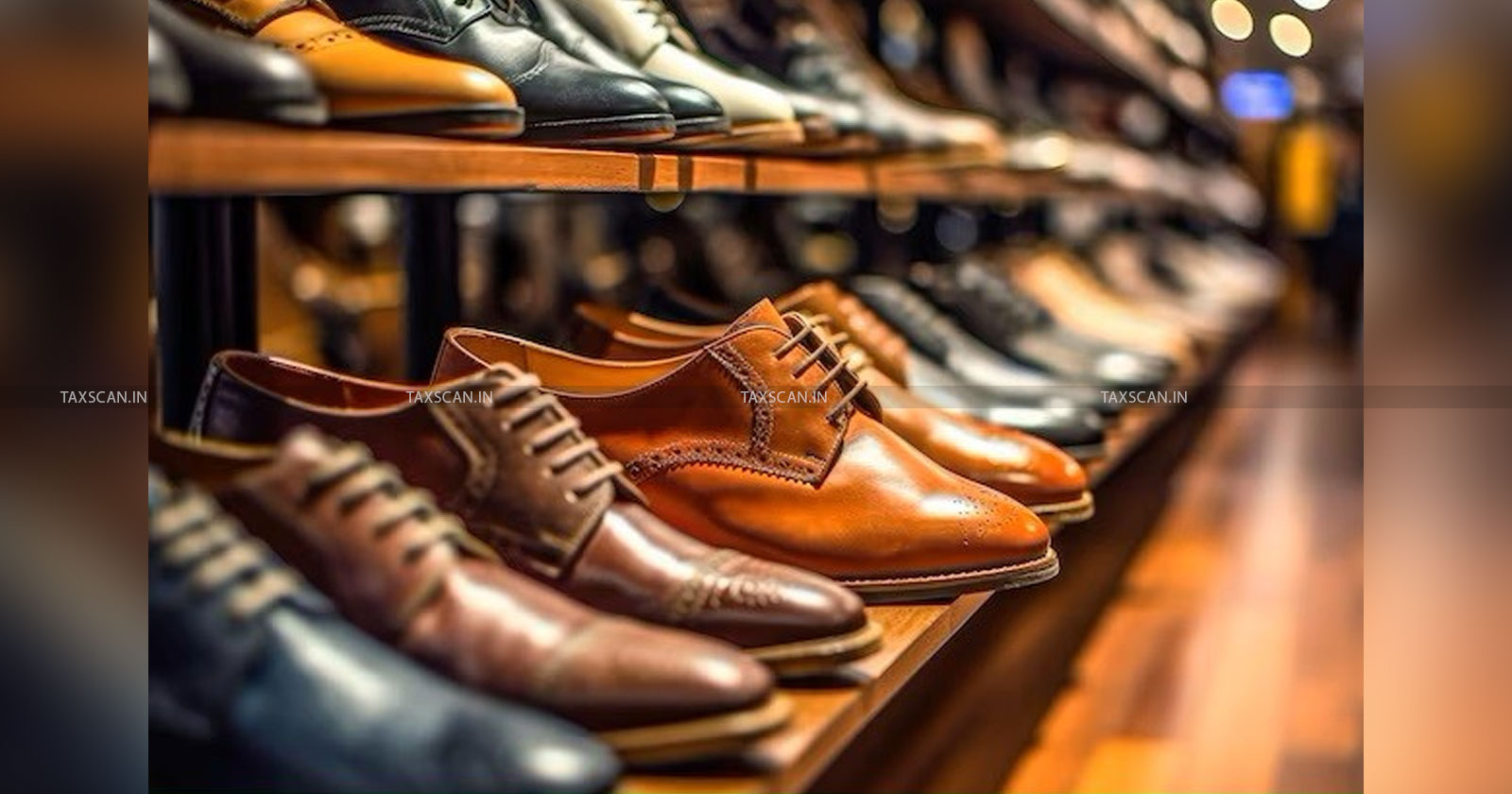DPIIT Issues QCO for Leather and Footwear Sector
Manufacturers, certified by the Bureau or with pending certification, can sell, display, or offer old stock of footwear products lacking the Bureau of Indian Standards Mark until June 30, 2025.

DPIIT Issues QCO – Leather and Footwear Sector – TAXSCAN
DPIIT Issues QCO – Leather and Footwear Sector – TAXSCAN
The Department for Promotion of Industry and Internal Trade, vide order S.O. 1422(E) dated 15th March 2024 has issued Quality Control Orders for the leather and footwear sector. This Order may be called the Footwear made from All Rubber and all Polymeric Material and its Components (Quality Control) Order, 2024.
Goods or articles listed in column (2) of the Table must adhere to the corresponding Indian Standard specified in column (3) of the said Table and must display the Standard Mark under a license from the Bureau as per Scheme-I of Schedule-II of Bureau of Indian Standards (Conformity Assessment) Regulations, 2018. However, this Order does not apply to goods or articles intended for export.
Furthermore, micro and small manufacturing units, as defined in section 7 of the Micro, Small and Medium Enterprises Development Act, 2006 (27 of 2006) as amended from time to time, are exempt from the provisions of this Order.
Additionally, this Order does not apply to the import of goods or articles specified in the Table below, which are solely used in the manufacturing of footwear in India for export purposes:
| Sl. No | Goods or Articles (Components) | Indian Standard | Title of Indian Standards |
| 1 | Moulded Rubber Outsoles | IS 5676:1995 | Moulded Rubber Unit Outsoles — Specification |
| 2 | Microcellular Rubber Sheets for Outsoles | IS 6664:1992 | Microcellular Rubber Sheets for Outsoles — Specification |
| 3 | Moulded PVC Outsoles | IS 6719:1972 | Moulded PVC Unit Outsoles — Specification |
| 4 | PU Outsoles | IS 13893:1994 | Polyurethane Unit Outsoles — Specification |
Additionally, the importer must provide a self-declaration certified by the Council for Leather Exports prior to the importation of footwear soles, as permitted by customs, following these guidelines:
- The importer must declare that the imported footwear soles are intended for the production or assembly of footwear for export purposes only, and not for sale in the domestic market of India.
- This self-declaration should be on the importer's letterhead, including details such as the invoice number and other pertinent information regarding the import consignment. It should explicitly state that the imported items will not be used for any other purpose or sold domestically, except in the manufacturing of footwear for export. The company must maintain internal records for future verification or audit by relevant authorities.
- The Council for Leather Exports must certify that the importer is a registered manufacturer-exporter with the Council, providing:
- Currently valid Registration-cum-Membership Certificate number and date of issue;
- Udyam Registration Certificate Number and date;
- Bill of Entry for home consumption number and date, filed in the Indian Customs Electronic Data Interchange system for import clearance.
- Importers must upload these documents, along with other relevant paperwork, onto the Indian Customs Electronic Data Interchange portal to facilitate smooth customs clearance of the footwear soles.
Furthermore, if any manufacturer, certified by the Bureau or with an ongoing application for certification, declares their old stock of footwear products without the Bureau of Indian Standards Mark prior to the commencement of this Order under sub-section (4) of section 18 of the Bureau of Indian Standards Act, 2016 (11 of 2016), they will be permitted to sell, display, or offer such declared stock until June 30, 2025.
Certification and enforcement authority: -
| Goods or articles | Indian Standard | Title of Indian Standard | |
| 1 | Industrial and protective rubber knee and ankle boots | IS 5557: 2004 | Industrial and protective rubber knee and ankle boots - Specification |
| 2 | All rubber gum boots and ankle boots | IS 5557 (Part 2): 2018 | All rubber gum boots and ankle boots: Part 2 occupational purposes |
| 3 | Moulded Rubber Outsoles | IS 5676: 1995 | Moulded Rubber Unit Outsoles — Specification |
| 4 | Microcellular Rubber Sheets for Outsoles | IS 6664: 1992 | Microcellular Rubber Sheets for Outsoles — Specification |
| 5 | Moulded PVC Outsoles | IS 6719: 1972 | Moulded PVC Unit Outsoles — Specification |
| 6 | Sandal and Slippers | IS 6721: 2023 | Sandal and Slippers- Specification |
| 7 | Hawai Chappal | IS 10702: 2023 | Hawai Chappal- Specification |
| 8 | Polyvinyl chloride (PVC) industrial boots | IS 12254: 2021 | Polyvinyl chloride (PVC) industrial boots - Specification |
| 9 | Polyurethane Outsoles | IS 13893: 1994 | Polyurethane Unit Outsoles — Specification |
| 10 | Unlined moulded rubber boots | IS 13995: 1995 | Unlined moulded rubber boots – Specification |
| 11 | Moulded plastics footwear- Lined or Unlined polyurethane boots for general industrial use | IS 16645: 2018 | Moulded plastics footwear- Lined or Unlined polyurethane boots for general industrial useSpecification |
| 12 | Footwear for men and women for municipal scavenging work | IS 16994: 2018 | Footwear for men and women for municipal scavenging work |
Note: For the purposes of this Table, the latest version of Indian Standards, as amended from time to time, as notified by the Bureau of Indian Standards, shall apply.
To Read the full text of the Order CLICK HERE
Support our journalism by subscribing to Taxscan premium. Follow us on Telegram for quick updates


